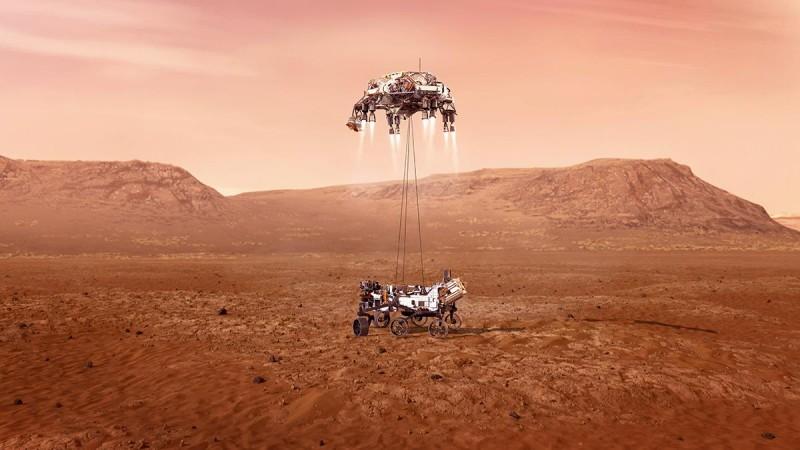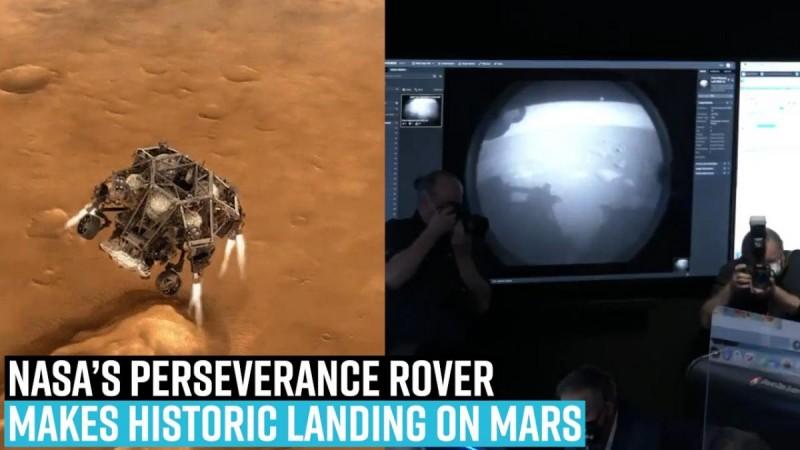NASA has rescheduled the launch of its Ingenuity Mars Helicopter from April 8 to April 11 as space scientists all over the world are eager to witness the historic first attempt at powered, controlled flight of an aircraft on another planet.
The decision to push back the date of the launch from April 8 to April 11 was announced by NASA's Jet Propulsion Laboratory (JPL) in Pasadena, California, on Thursday, without giving any reason for the delay.
However, flying in a controlled manner on Mars is far more difficult than flying on Earth as the Red Planet has lower gravity (about one-third that of Earth's) and its atmosphere is just 1 per cent as dense as Earth's at the surface.

NASA JPL tweeted: "Come fly with us. #MarsHelicopter is preparing to do something that's never been done: controlled, powered flight on another planet. Takeoff is now slated for no earlier than April 11, with data arriving on Earth on April 12."
Ingenuity has 30 Martian Days of life
Ingenuity flew to Mars while being attached to the belly of NASA's Perseverance rover, which made a February 18 touch down on the Red Planet. Once deployed, Ingenuity will have 30 Martian days, or sols, (31 Earth days) to conduct its test flight campaign.
"When NASA's Sojourner rover landed on Mars in 1997, it proved that roving the Red Planet was possible and completely redefined our approach to how we explore Mars. Similarly, we want to learn about the potential Ingenuity has for the future of science research," Lori Glaze, Director of the Planetary Science Division at NASA Headquarters, had said in a statement.
"Aptly named, Ingenuity is a technology demonstration that aims to be the first powered flight on another world and, if successful, could further expand our horizons and broaden the scope of what is possible with Mars exploration."
Solar energy on Mars
During Martian daytime, the planet's surface receives only about half the amount of solar energy that reaches Earth during its daytime, and nighttime temperatures can drop as low as minus 90 degrees Celsius, which can freeze and crack unprotected electrical components.

To fit within the available accommodations provided by the Perseverance rover, the Ingenuity helicopter must be small. To fly in the Mars environment, it must be lightweight. To survive the frigid Martian nights, it must have enough energy to power internal heaters.
The system -- from the performance of its rotors in rarified air to its solar panels, electrical heaters, and other components -- has been tested and retested in the vacuum chambers and test labs of NASA's JPL in Southern California. (With inputs from IANS)





!['Had denied Housefull franchise as they wanted me to wear a bikini': Tia Bajpai on turning down bold scripts [Exclusive]](https://data1.ibtimes.co.in/en/full/806605/had-denied-housefull-franchise-they-wanted-me-wear-bikini-tia-bajpai-turning-down-bold.png?w=220&h=138)



